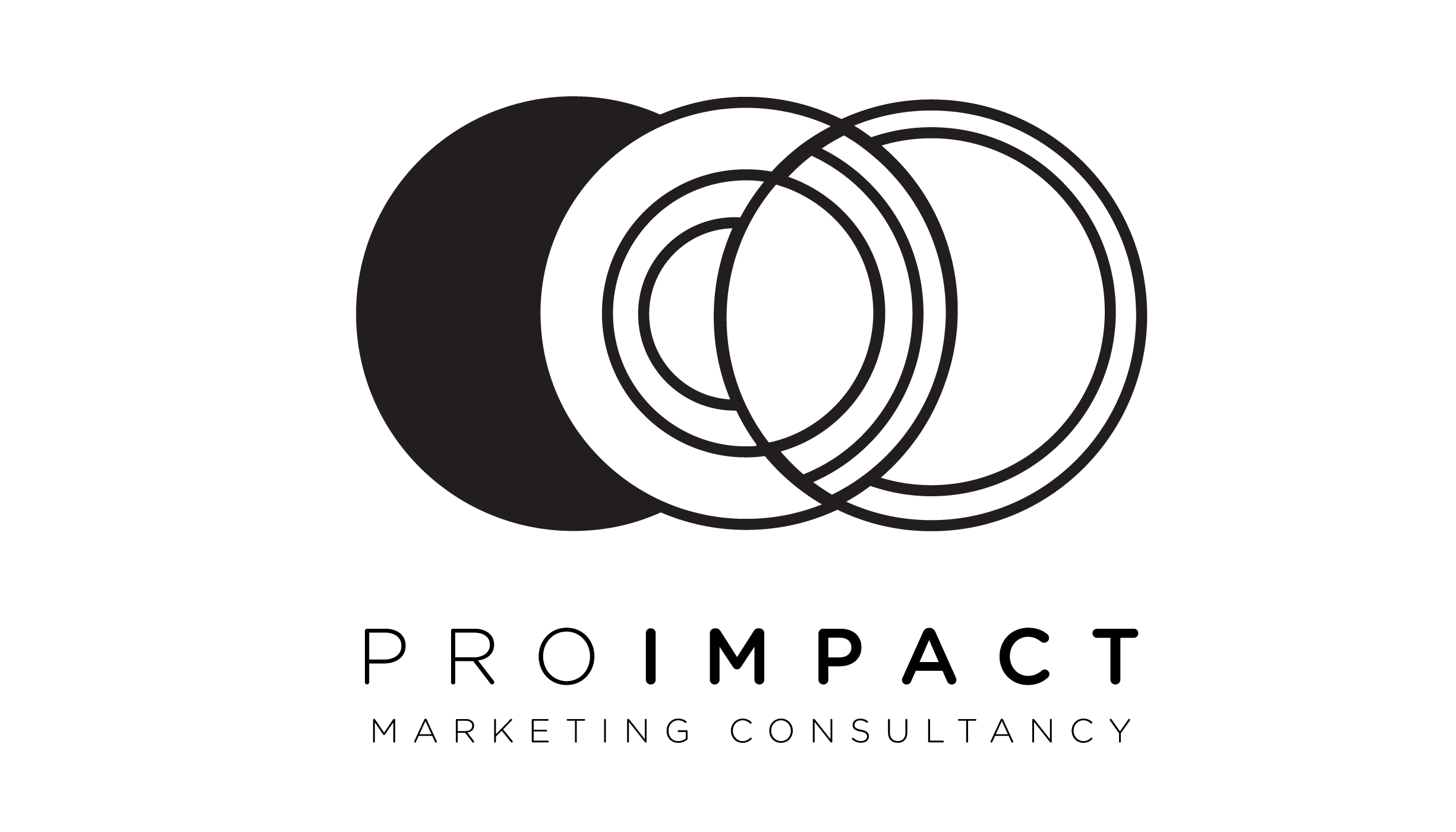Classic / Mohamed Ogbi, Proimpact, Proimpact Marketing Consultancy / October 19, 2016
The 7 Essential Stages of Marketing Planning Process – Proimpact Blog
The marketing plan documents decisions and actions undertaken as a result of the seven-stage marketing planning process. Most organizations begin this process many months before a marketing plan is scheduled to take effect.
Stage 1: Analyze the current situation
The purpose of analyzing your situation is to identify strengths, weaknesses, opportunities and threats (SWOT) for marketing purposes. You’ll use an internal audit to examine the current situation within the organization, including mission statement, resources, offerings, capabilities, important business relationships and an important way of learning from the past and the results of earlier plans.
Stage 2: Research and analyze markets and customers
During this research and analysis stage, think about what your customers might need tomorrow as well as what they need today. This will help you formulate a plan for relationship marketing, building mutually satisfying ongoing connections with customers and other key publics. Relationship marketing starts from the premise that when organizations look beyond the immediate transaction to build trust and meet customers long-term needs, customers are more likely to remain loyal.
Stage 3: Determine segmentation, targeting and positioning
No organization has the resources (people, money or time) to serve every customer in every market. you will therefore use your research and customer knowledge to identify which specific subgroups can be effectively targeted through marketing. To do this, group customers into segments based on characteristics, behaviors, needs or wants that affect their demand for or usage of the product being marketed.
Stage 4: Set marketing plan objectives and direction
The direction of a marketing plan is based on your organization’s mission statement and higher-level goals. Most use marketing plans to support a direction of growth in one of nine ways, including: penetrating existing markets, expanding within existing markets, adding new markets, offering existing products, modifying existing products and offering entirely new products.
Stage 5: Plan marketing strategies, programmes and support
In this stage, you will plan marketing strategies and tactics to achieve the objectives you set earlier. You will look not only at how to deliver value that meets customers’ needs but also the coordination of the basic marketing tools of products, price, place and promotion within individual marketing programmes.
Stage 6: Plan to measure progress and performance
Before implementing the marketing plan, you must decide on measures to track marketing progress and performance towards achieving your objectives. This involves developing and documenting budgets, forecasts, schedules and responsibilities for all marketing programmes. You will also forecast the effect of the marketing programmes on future turnover, profitability, market share and other measures that signal progress towards objectives.
Stage 7: Implement, control and evaluate the plan
The real test of any marketing plan’s effectiveness comes at implementation. For effective control, you will start with the objectives you have set, establish specific standards for measuring progress towards those targets, measure actual marketing performance, analyze the results take corrective action if results are not as expected.
Documenting a marketing plan
As you move through each stage in the marketing planning process, take time to document your decisions and actions in a written marketing plan.
To get all the support need to establish a sustainable marketing plan contact us at info@proimpact.it











